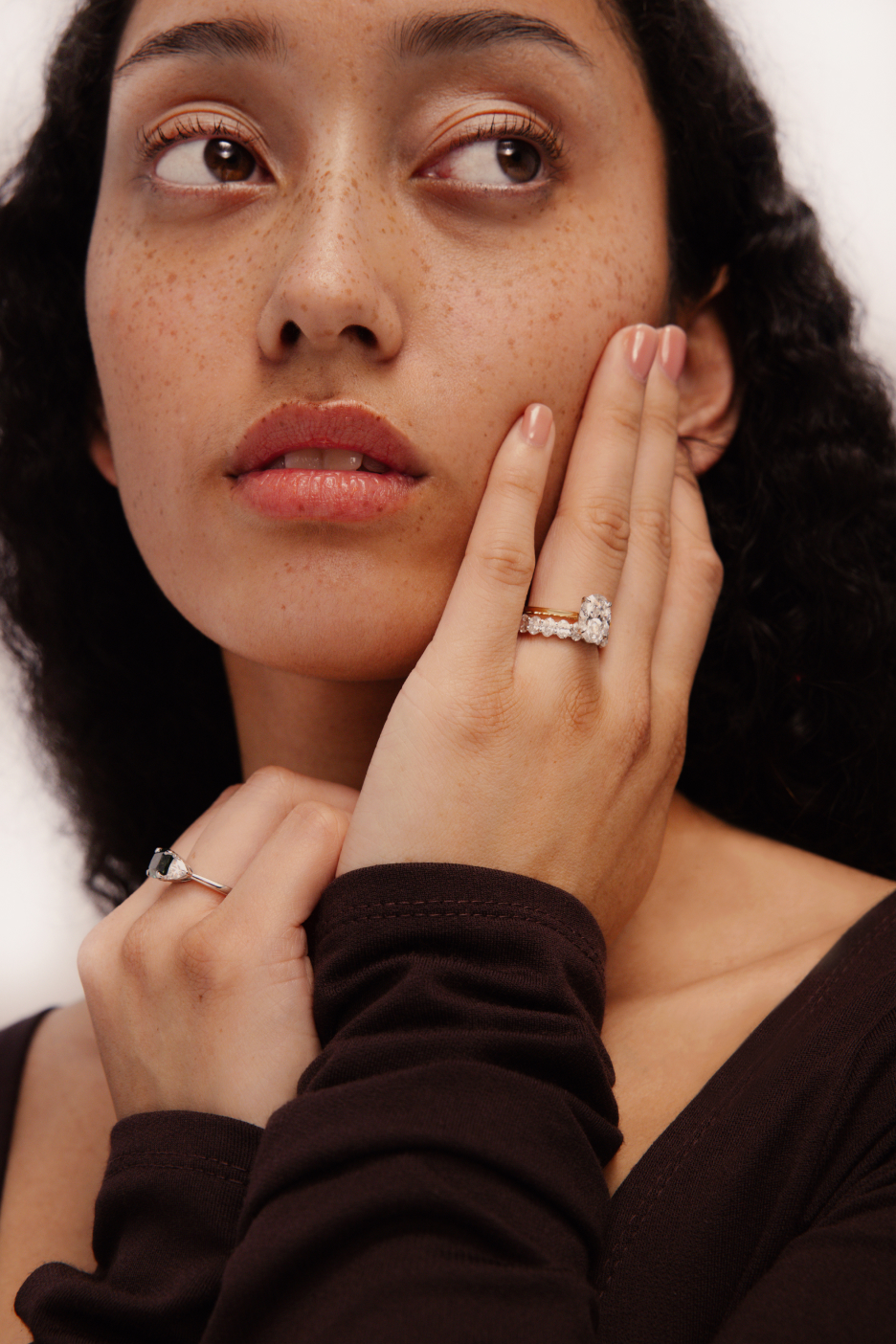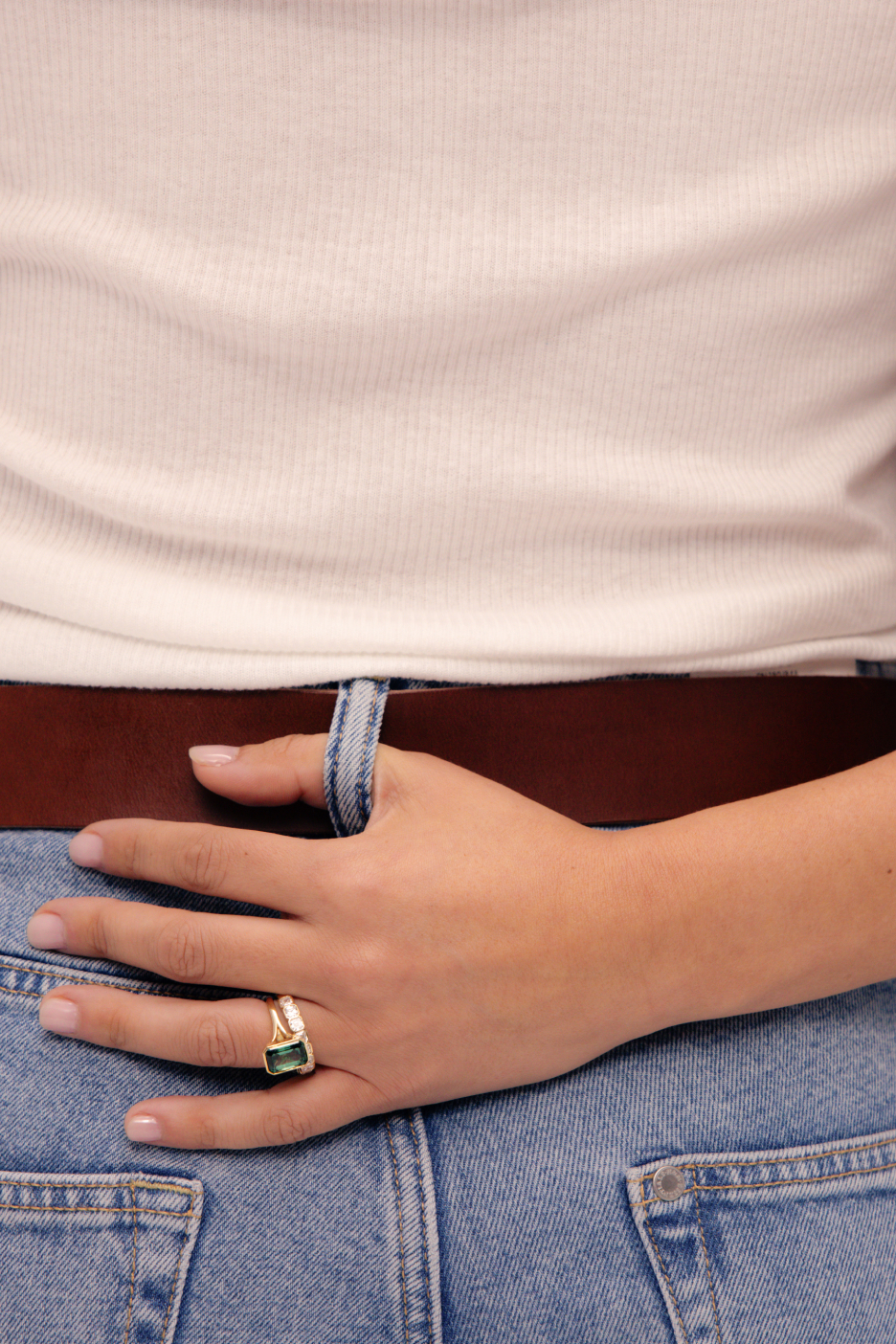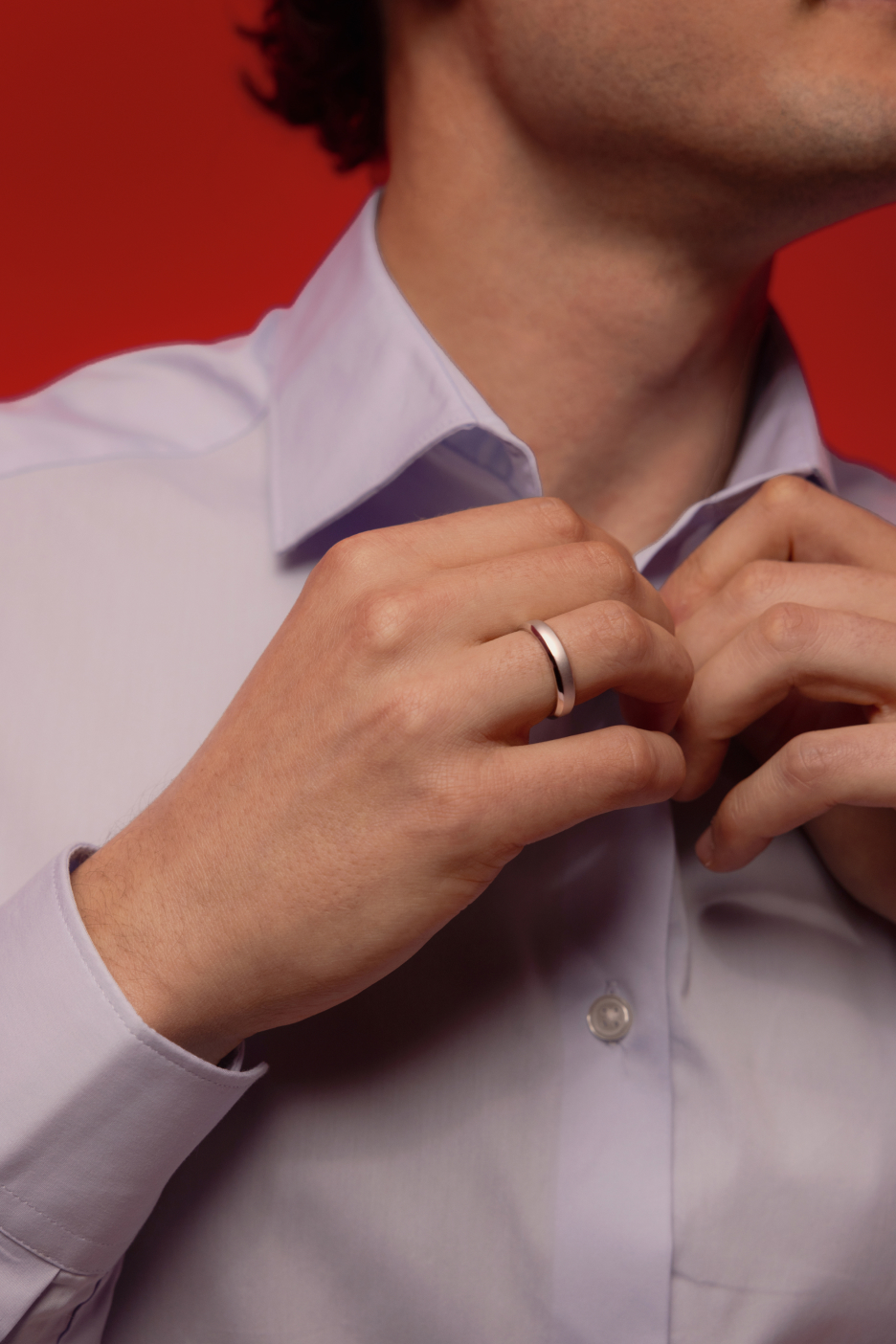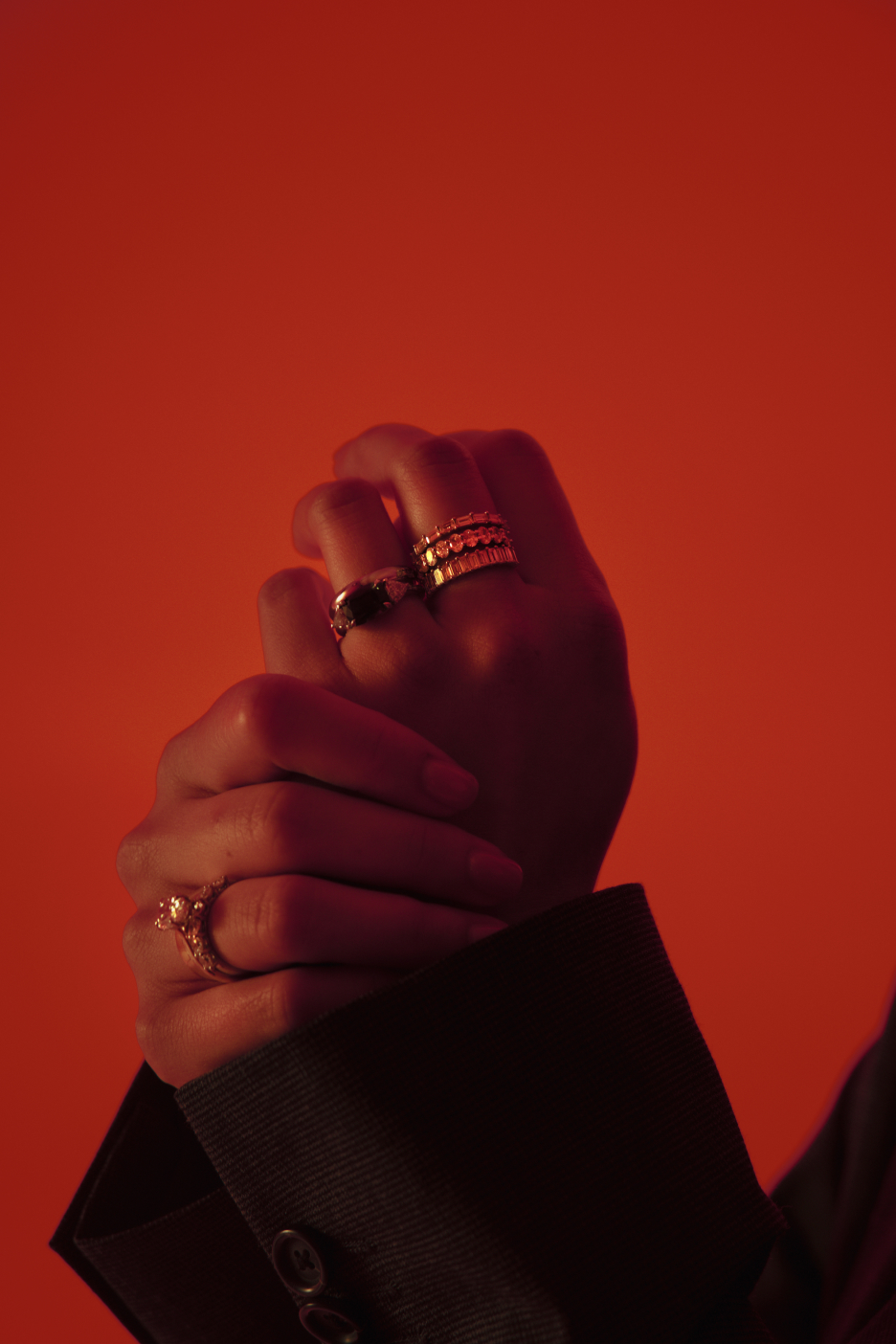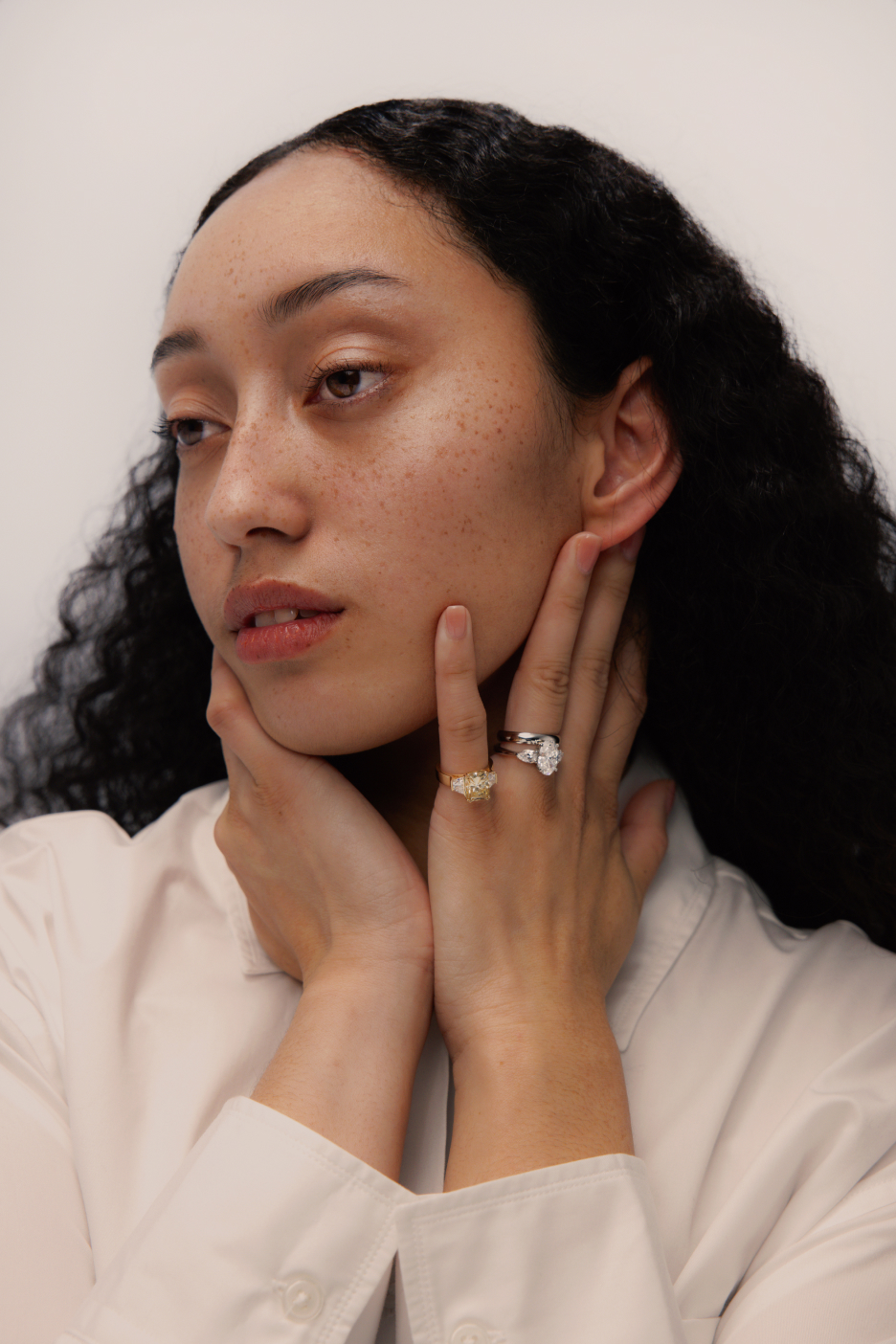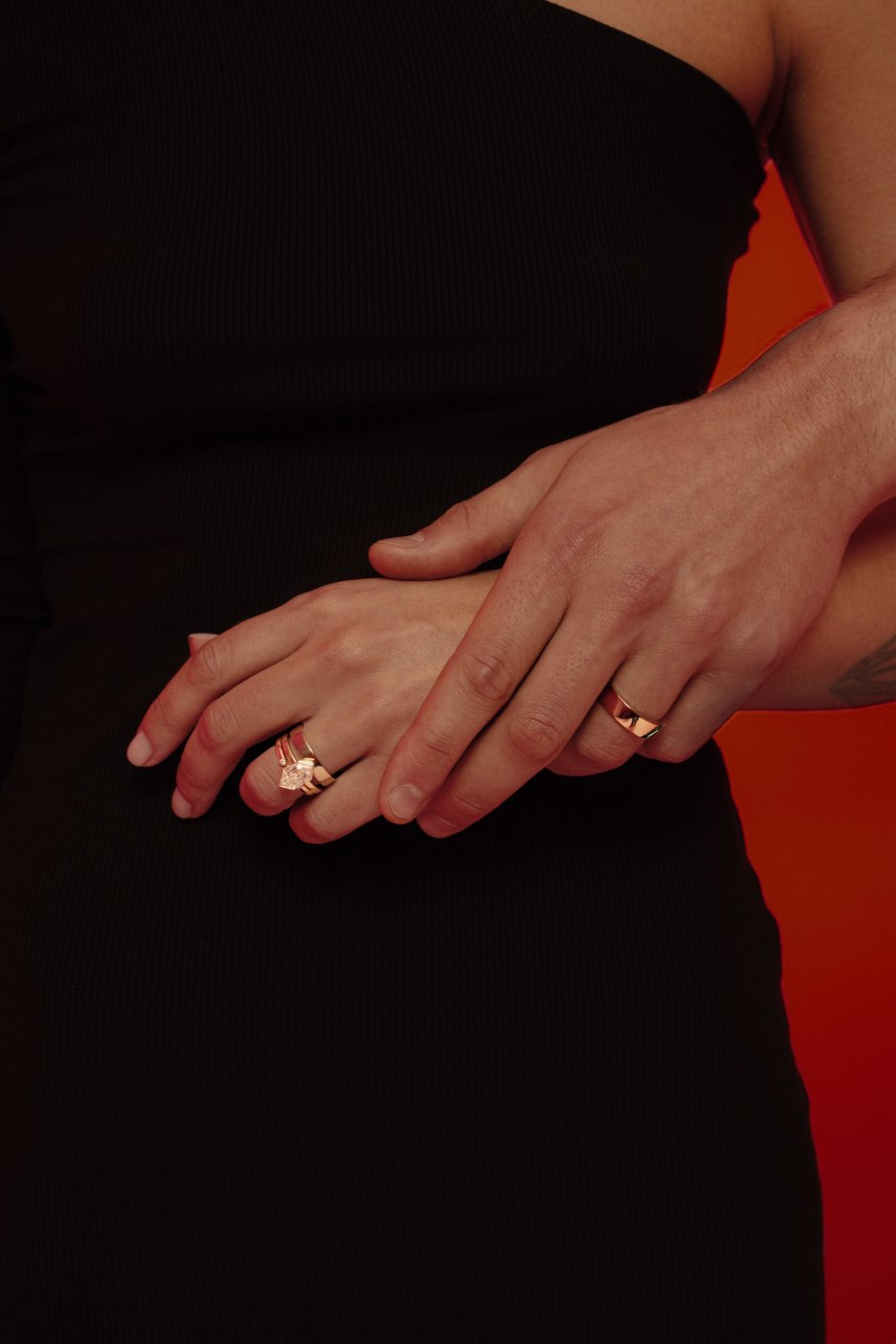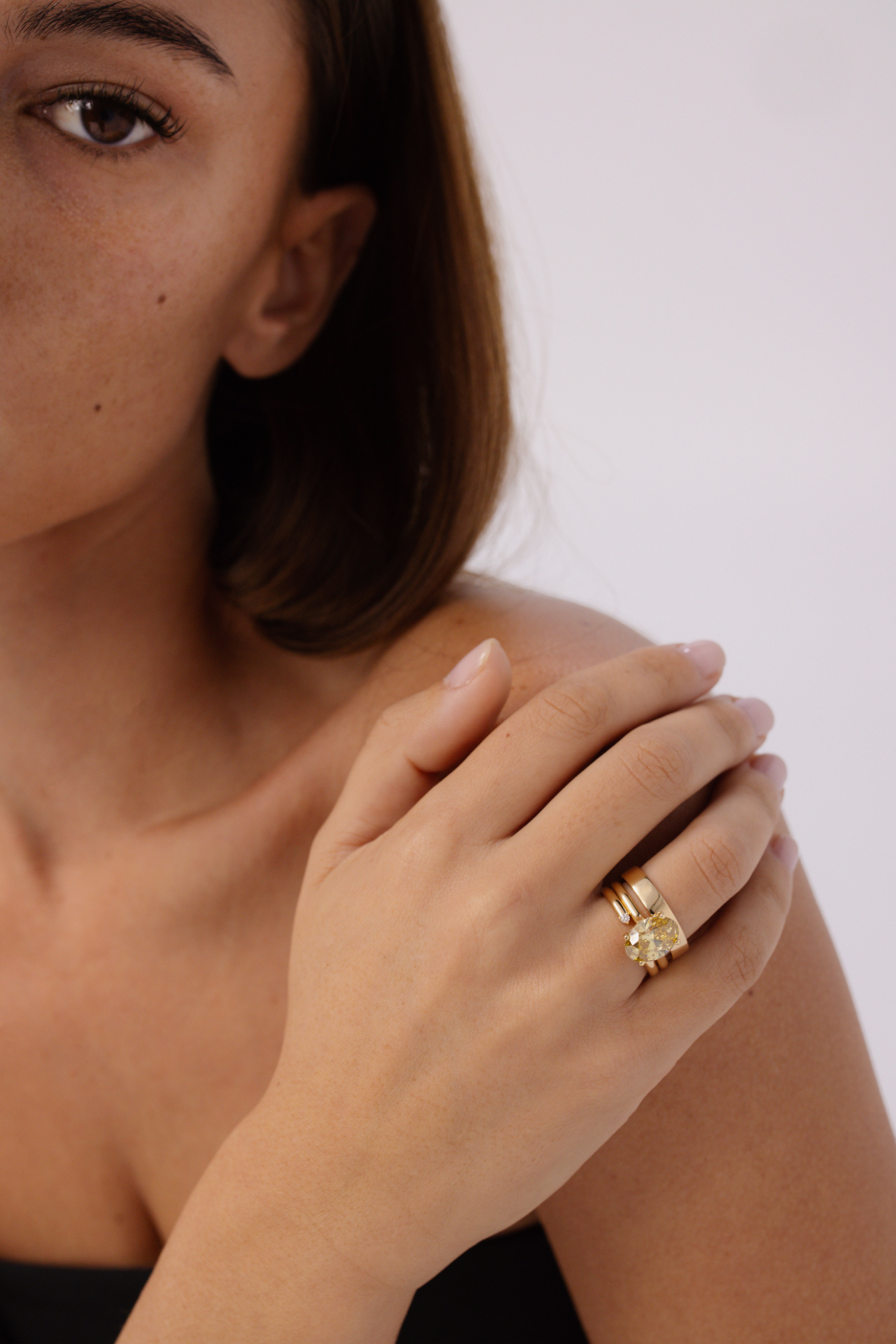Diamond Polish – why it does and doesn't matter

Diamond Polish determines how reflective and shiny the diamond surface is. Polish is one component of a diamond’s cut. And cut makes up a category of the 4C's (cut, clarity, colour and carat).
In this article we dive into diamond polish, why you need to know about it, and how to spot the froth from the faff.
What is diamond polish?
Essentially, a diamond’s polish is how shiny and reflective its surface is. Polishing requires a lot of time from jewellers, so the more time spent on polishing the more sparkle and “fire” (jeweller talk for shininess) a diamond has.
Lots of things can affect a diamond’s polish quality. Jewellers use a tool called a polishing wheel which helps in refining the quality of the polish bringing it to a beautiful mirror finish.
During this process, small surface flaws can occur if the polishing wheel is not in clean and contained in a sealed environment and this can alter how the light behaves within the diamond.
How does polish impact a diamond's quality?
Polishing adds value by helping make diamonds more vibrant and brighter. Extensive polishing can reduce the carat weight (since you’re removing a build up of dirt) – but this is compensated by having a clearer diamond!
A diamond’s polish goes hand in hand with a diamond’s overall cut grade.
Cut quality determines how reflective the diamond is; and how crisp and clean the lines, facets and angles are, all of which play a part in a dazzling diamond.
The majority of jewellers strive to provide "Excellent" to "Good" diamonds to their clients. It's uncommon that you'll encounter a stone that has obvious polish marks on it.
Even if you do, the polish is just one of several factors that may influence the fire or brilliance of a diamond.
Does the polish of a diamond affect its price?
The polish grade of a diamond may have some influence on the price, although this influence is not substantial. The majority of diamonds with an Excellent cut rating also have a polish grade of "Excellent," although it is possible for some of these gems to have a "Very Good" or "Good" polish grade. Depending on the other attributes of the diamond, a lower Polish graded diamond can be priced somewhat less than a higher graded diamond, which might save you a few bucks.
Does diamond polish matter?
Some jewellers will say polish matters – and it does (to some degree). But as a consumer, this isn’t something you should lose sleep over.
Most diamonds are between Excellent or Very Good in terms of polish. If you’re working with a good jeweller then they’ll already filter out poor-quality diamonds.
What matters when you decide to pick a diamond – is seeing a video or photo of the stone and visually determining if it looks appealing or not.
Here at Four Words, our gemologists have come up with the Four Words Standard which makes the whole thing really simple. Our philosophy is to get the best-looking diamond to the naked eye because why pay for anything more and why settle for anything less?
How is diamond polish graded?
As if there wasn’t enough information, here is more! There are 5 grades to determine a diamond’s level of polish, they are:
- Excellent
- Very Good
- Good
- Fair
- Poor
Each category basically outlines if there are any marks, scratches, nicks, and so on. The closer to Excellent, the more indistinguishable these become to the naked eye.
Excellent
When seen via a 10x magnifying glass, the diamond displays no signs of polishing, such as lines or markings. In order to identify and find any potential flaws, high magnification, such as 30x, may be used. A diamond with a grade of Excellent Polish will have a brilliance that is notably superior to that of a diamond with a rating of Good for its polish.
Very Good
Diamonds are considered to be of Very Good quality if they have one or two tiny clusters of clear polish lines that are visible with a magnification of 10 times or higher. Once again, higher magnification will be used in order to detect these spots with relative ease. There is still a discernible gap in the level of brilliance that exists between a diamond that has been classed as Good and one that has been graded as Very Good in Polish.
Good
Under a magnification of ten times, there are a great number of regions that consist of minuscule translucent lines. Additionally, there could be some white polish lines here and there, but there won't be many of them.
Fair
There is a great deal of polish lines that are either clear or white. It's possible that there will be some minor burn scars. The appearance of the lustre for a Fair polish is underwhelming.
Poor
On the surface of the diamond, there is observable evidence of a substantial presence of strong white polish lines and/or burn marks. The diamond has very little lustre, and it could seem as if it has a hazy aspect.
